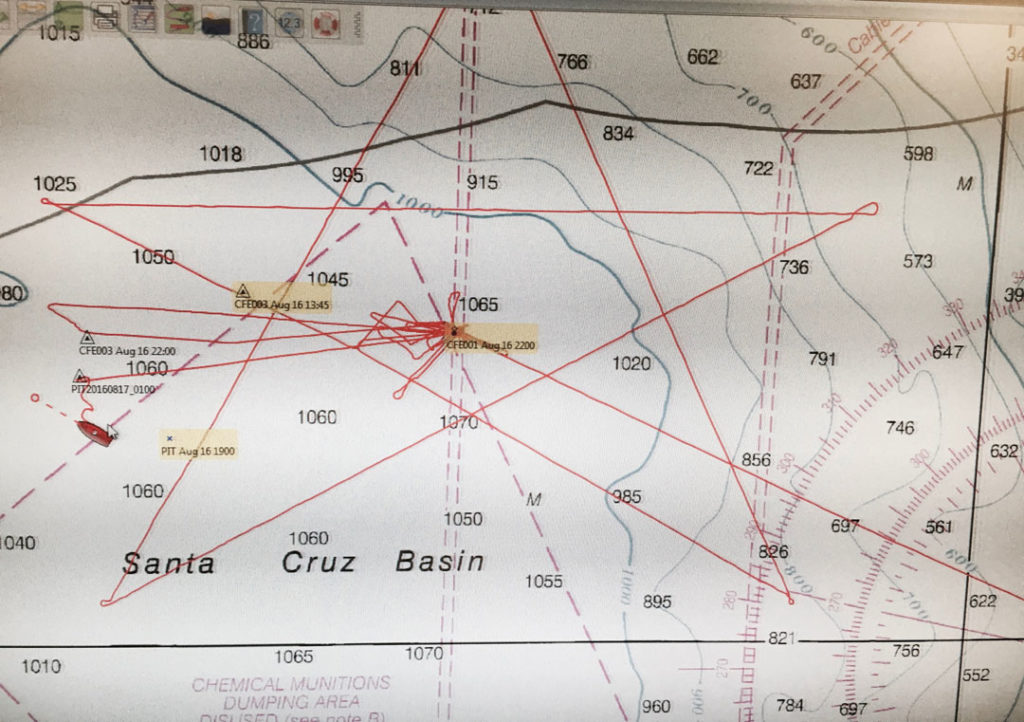 It has been nearly two and a half weeks since I stepped off the research vessel Oceanus, and the phantom swaying motions have already dissipated. It wasn’t a particularly long trip. Just 10 days. But it was enough to provide some insight into the unpredictable, frustrating, time-consuming, exciting and inspiring process of scientific innovation and discovery in the field.
It has been nearly two and a half weeks since I stepped off the research vessel Oceanus, and the phantom swaying motions have already dissipated. It wasn’t a particularly long trip. Just 10 days. But it was enough to provide some insight into the unpredictable, frustrating, time-consuming, exciting and inspiring process of scientific innovation and discovery in the field.
Witnessing part of the journey to getting publication-worthy results and innovative new devices was eye-opening. Not a day went by without some new problem emerging that had to be overcome or puzzled through. When you are 350 miles offshore, you cannot run to your neighborhood hardware store to pick up new screws or a new motor, so problems are tackled on site in less-than-optimal conditions. It’s a situation, I’m sure, that is universal to all manner of field research.
 If you’ve been tracking the Oceanus, you may have noticed a familiar pattern in some of its movements. The first night at the Santa Cruz Basin, the Oceanus conducted spatial mapping of the region, surveying temperature, salinity and other variables relevant to the particle concentration in the water. Connect the dots and the star will appear.
If you’ve been tracking the Oceanus, you may have noticed a familiar pattern in some of its movements. The first night at the Santa Cruz Basin, the Oceanus conducted spatial mapping of the region, surveying temperature, salinity and other variables relevant to the particle concentration in the water. Connect the dots and the star will appear.